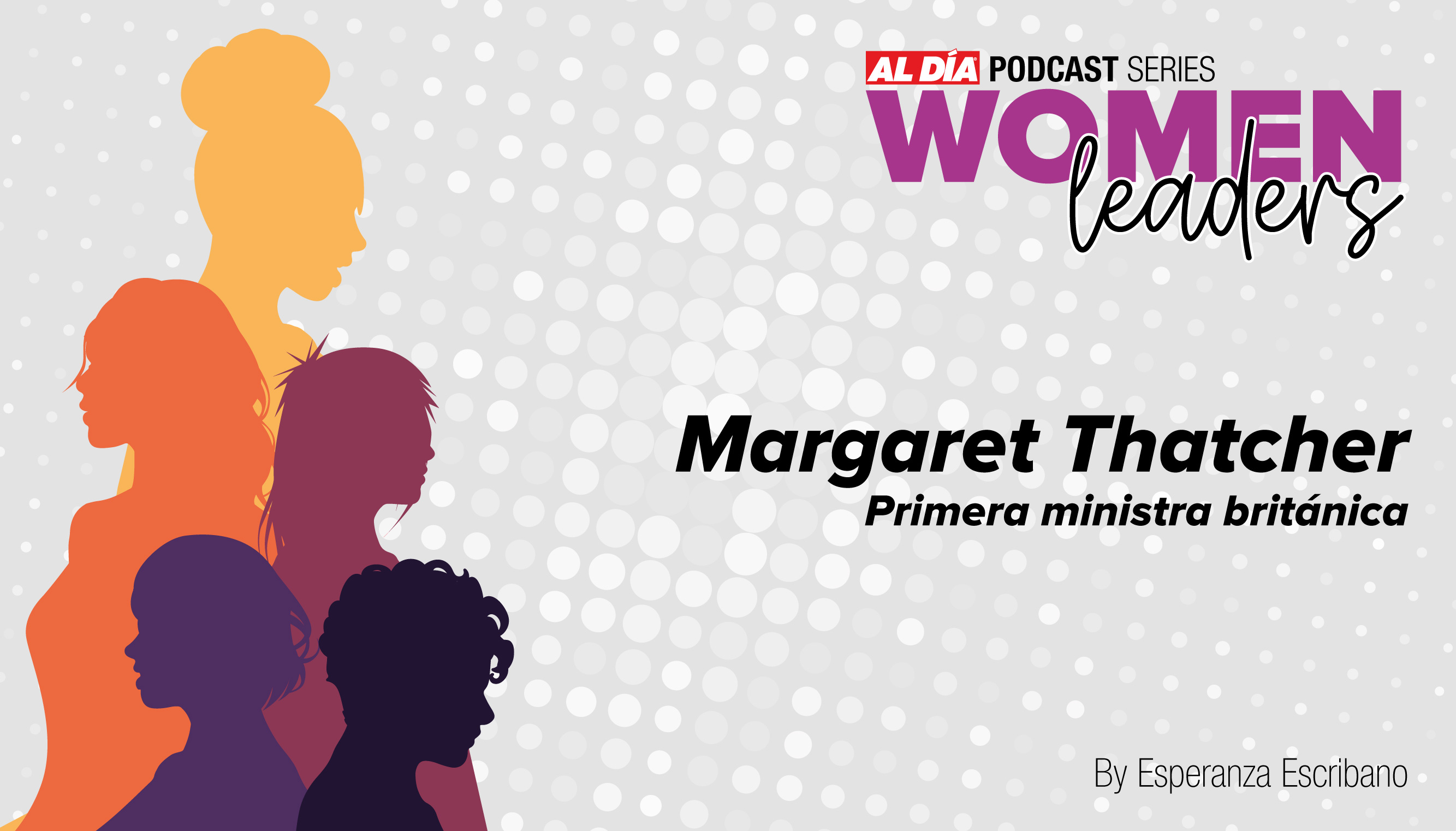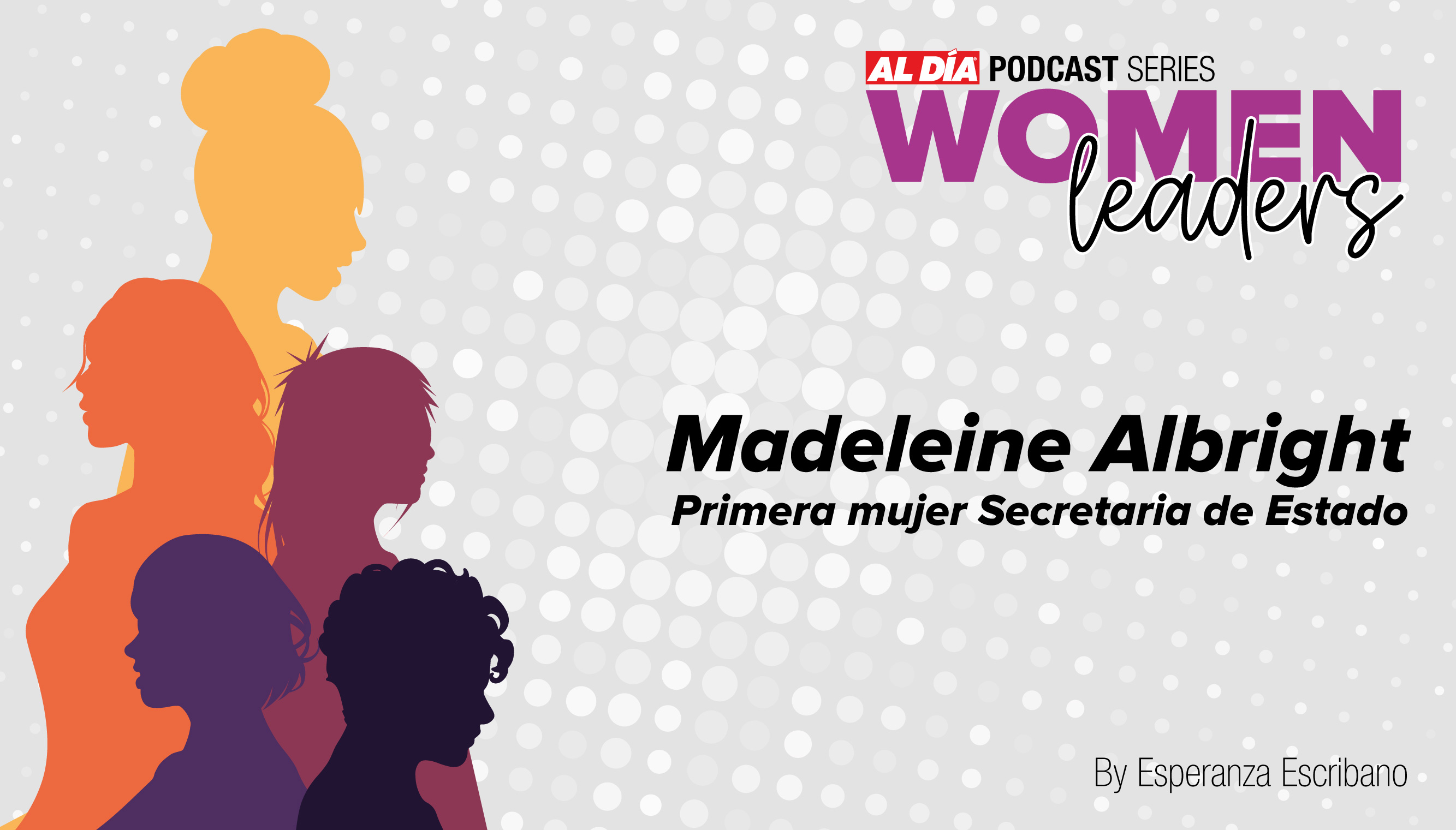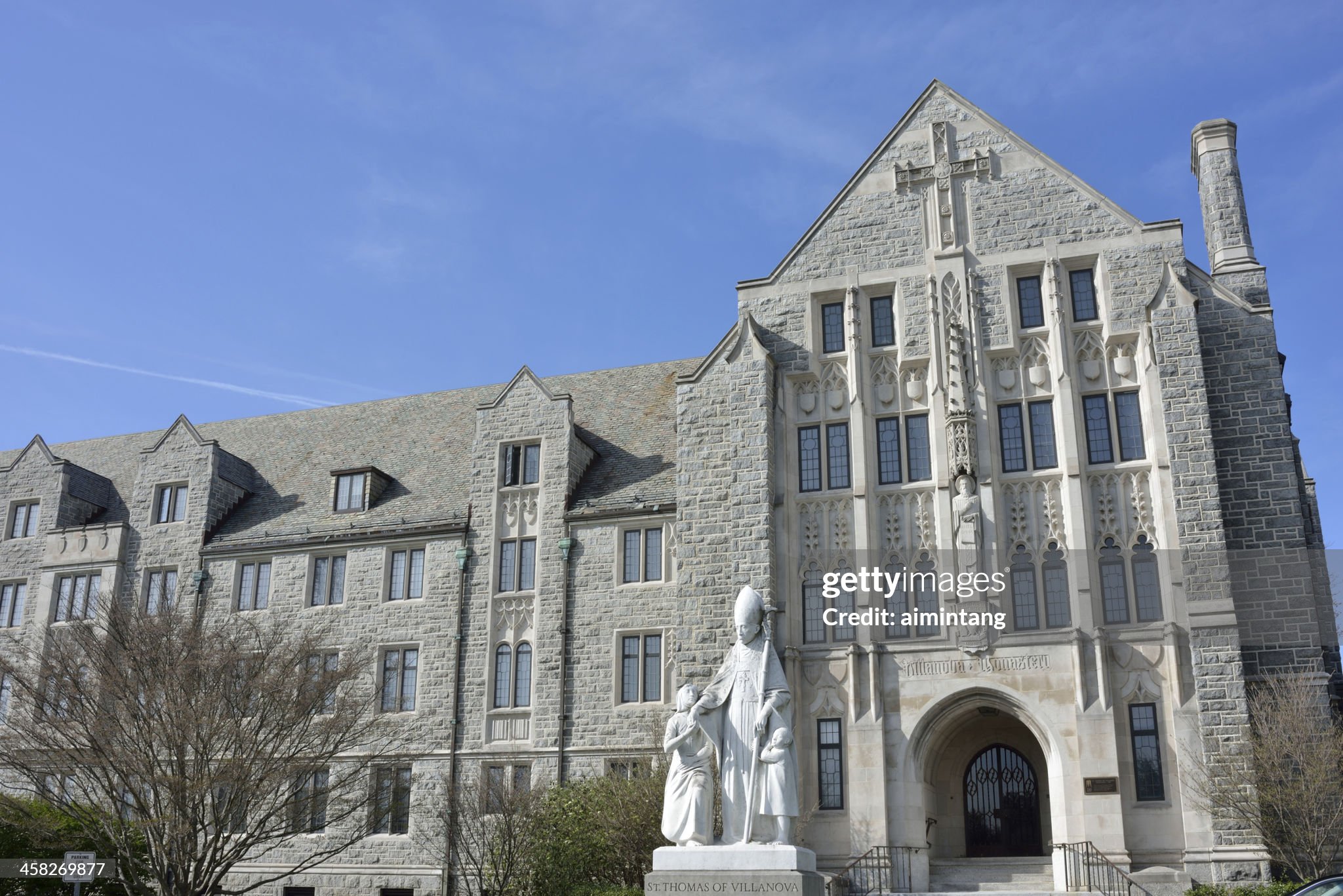Superintendent Hite’s action plan starts with neighborhood schools
The 56-page document of “Action Plan 3.0” details a reorganization of the district that will bring more equity and funding to neighborhood schools.
On Wednesday, Superintendent Dr. William Hite released his transformation plan for Philadelphia schools that begins at the heart of Philadelphia — its neighborhoods.
The 56-page document of “Action Plan 3.0” details a reorganization of the district that will bring more equity and funding to neighborhood schools. It begins by preserving the eight existing geographic networks of schools, each of which is run by an assistant superintendent.
Then three (possibly four) new networks will be added: a “turnaround” network for the district’s worst performing schools, an “opportunity network” to create graduation pathways for alternative youth (overage, under-credited, expelled, etc.), and an “innovation” network that will function like an R&D department for the district.
The last possible network — to be put in place after the others — would give near-total autonomy to the district’s highest performing schools. While they would behave like charter schools by choosing their own curriculum, these schools would still remain part of the district. Their autonomy, however, could free up some more resources for the “turnaround” schools.
So too the schools in the “turnaround” network may be given over to contractual charter management and remain within the district. Also, “Turnaround” doesn’t mean every school gets redemption. Action 3.0 clearly states that the district will “continue to pursue the closure of low-performing charter schools, and promote the expansion of Philadelphia’s highest-performing citywide, lottery admission charter schools, and the select creation of new high-performing charter schools.”
Overall, both Wolf and Hite’s budget proposals call for stricter budgeting for new charters.
But the bottom line of any proposal is its budget. Hite’s plan calls for $300 million in additional funding — $103 million from the city and $206 from the state.
Currently, the district has a $5,478 adequacy gap per student, meaning that Philadelphia public school students are more than twice as underfunded as those in the other high-poverty districts in the state.
But Hite wants to put a finger on the pulse of the future school district, emphasizing the need for “investment” rather than “this cycle of getting just enough revenue to get by.”
With its budget deficit standing at $80 million, it’s a long road before the district can stop living hand to mouth.










LEAVE A COMMENT:
Join the discussion! Leave a comment.